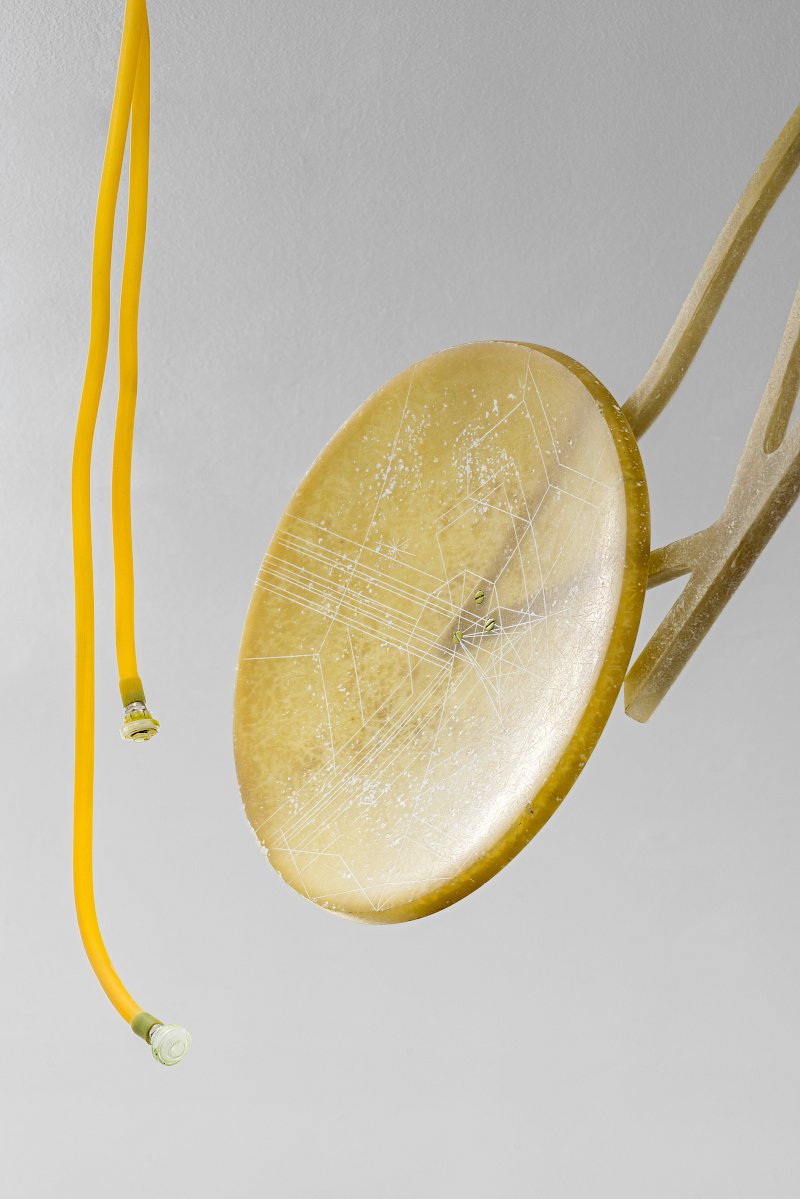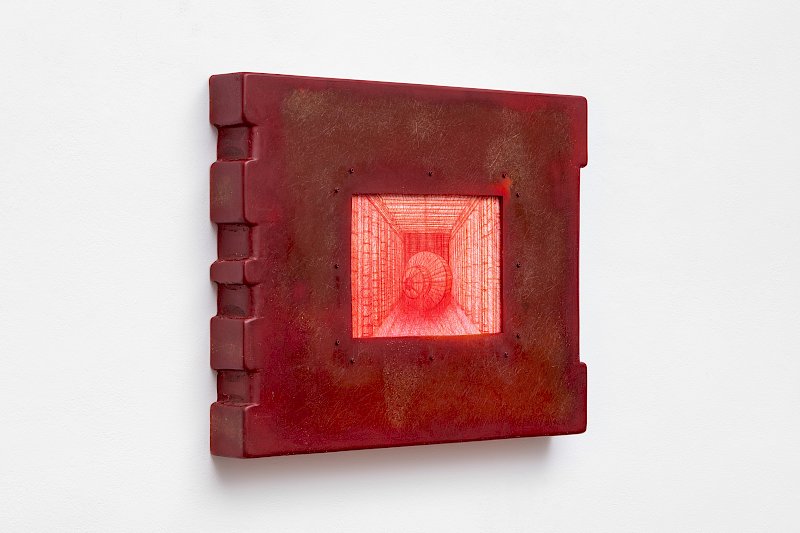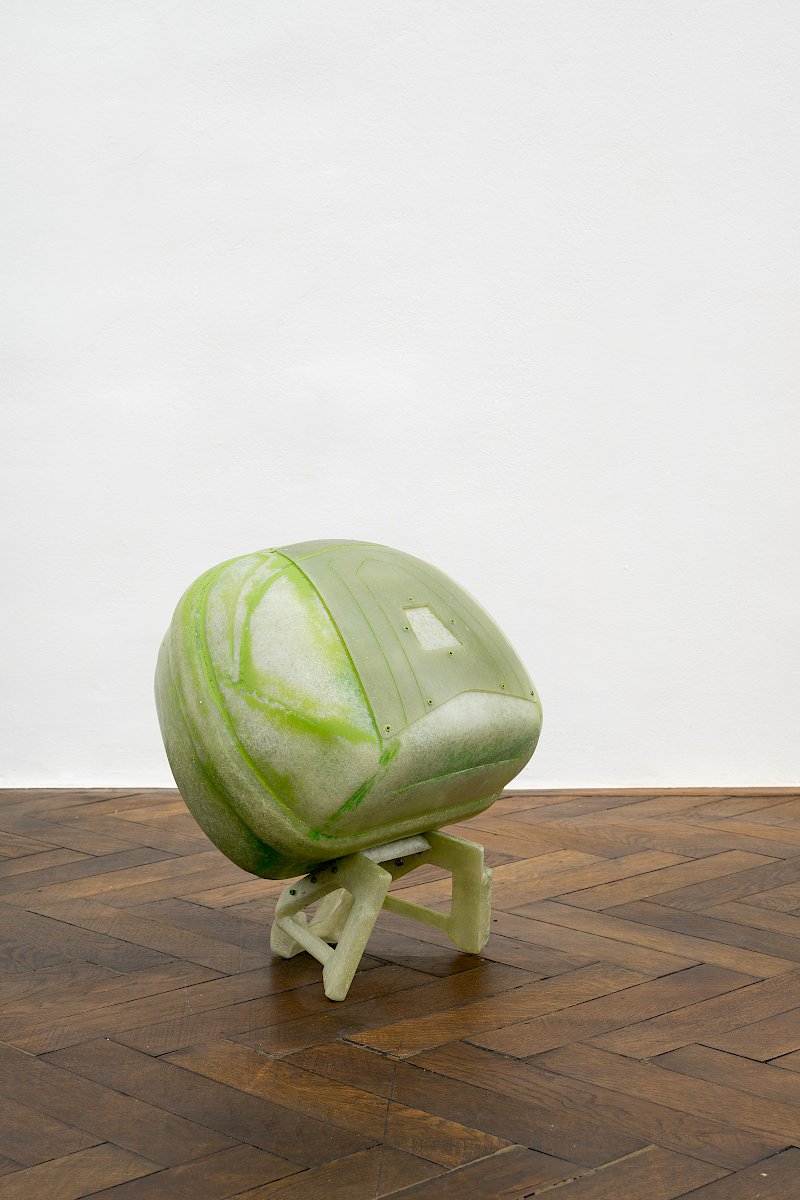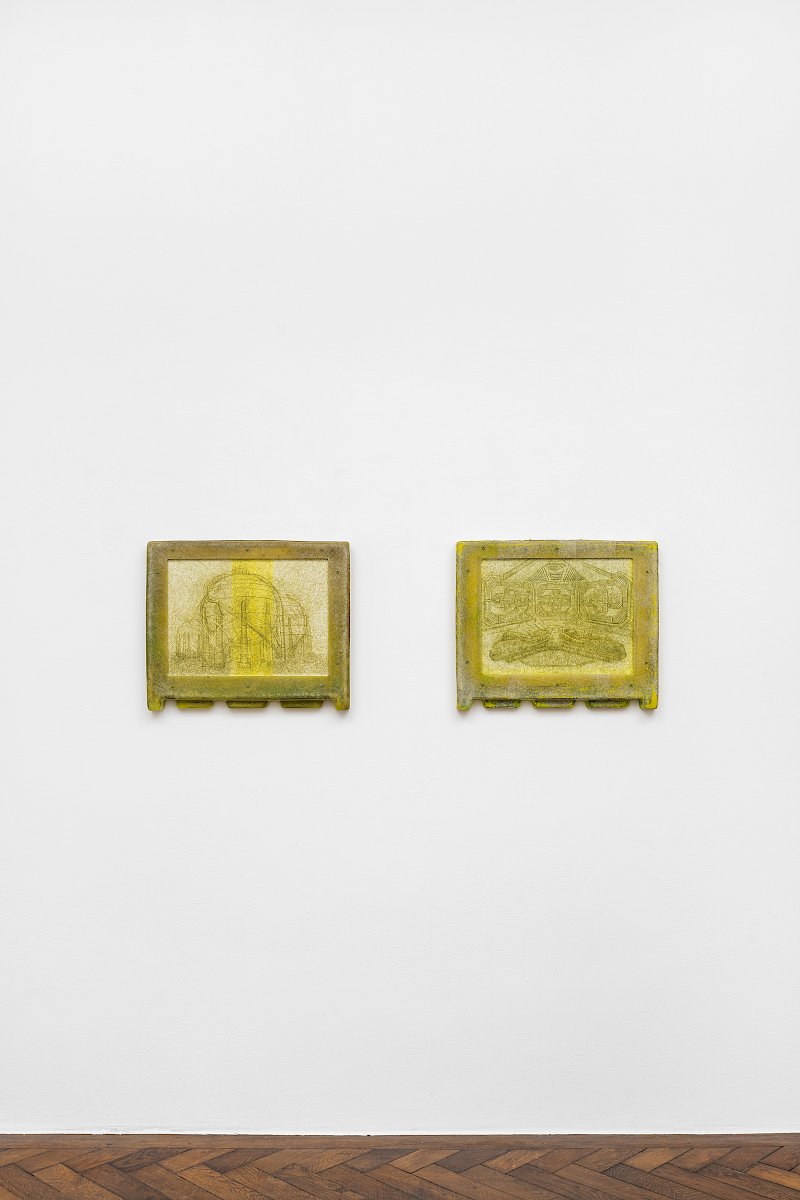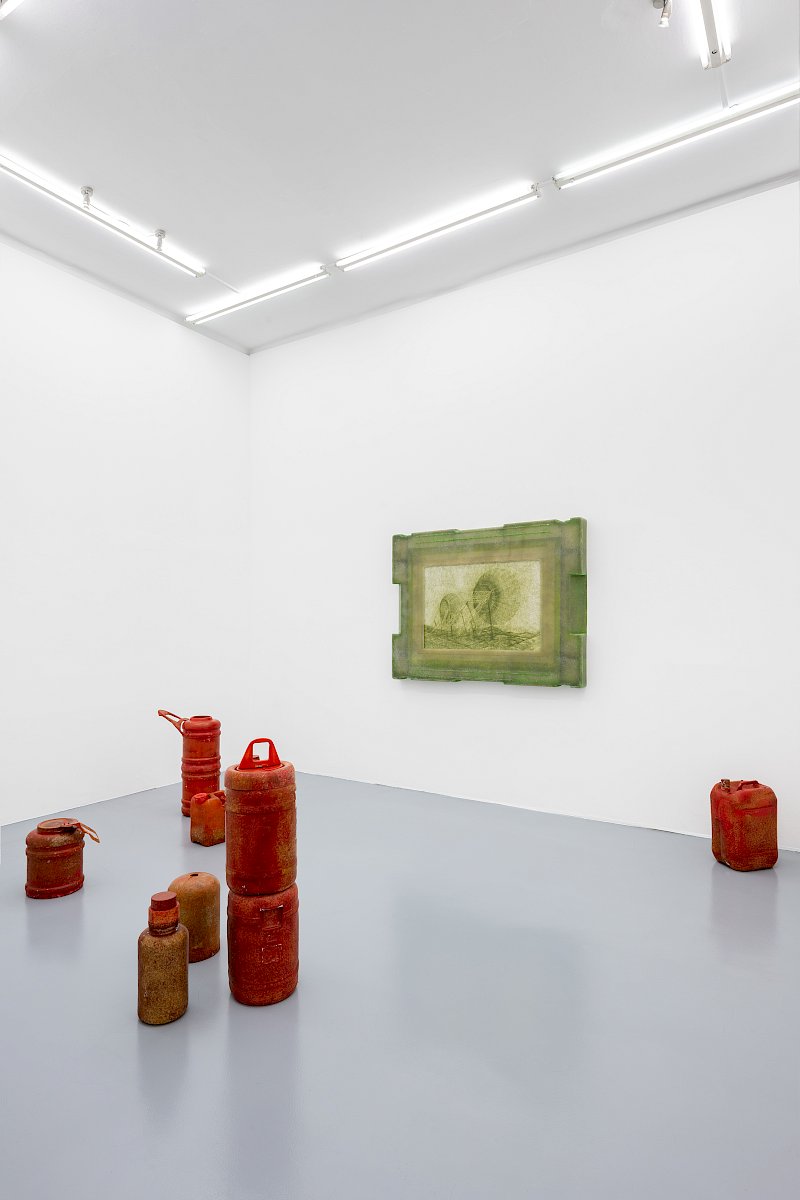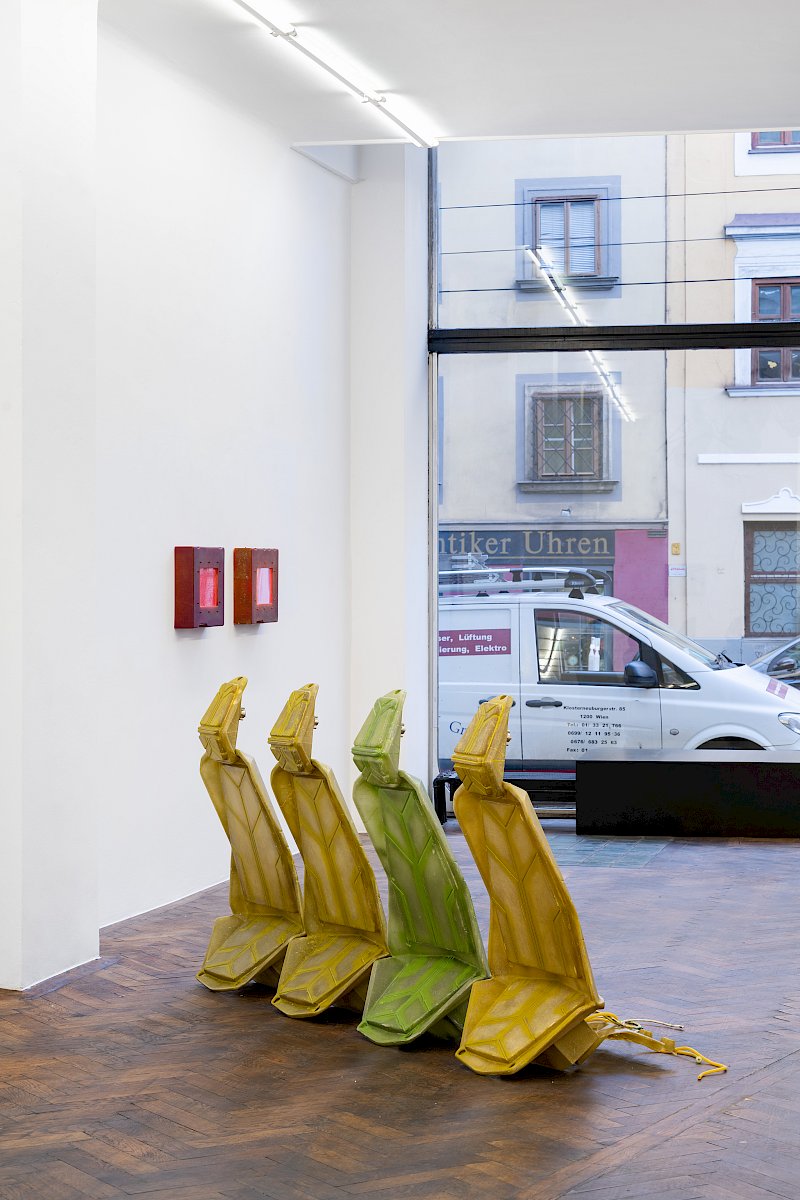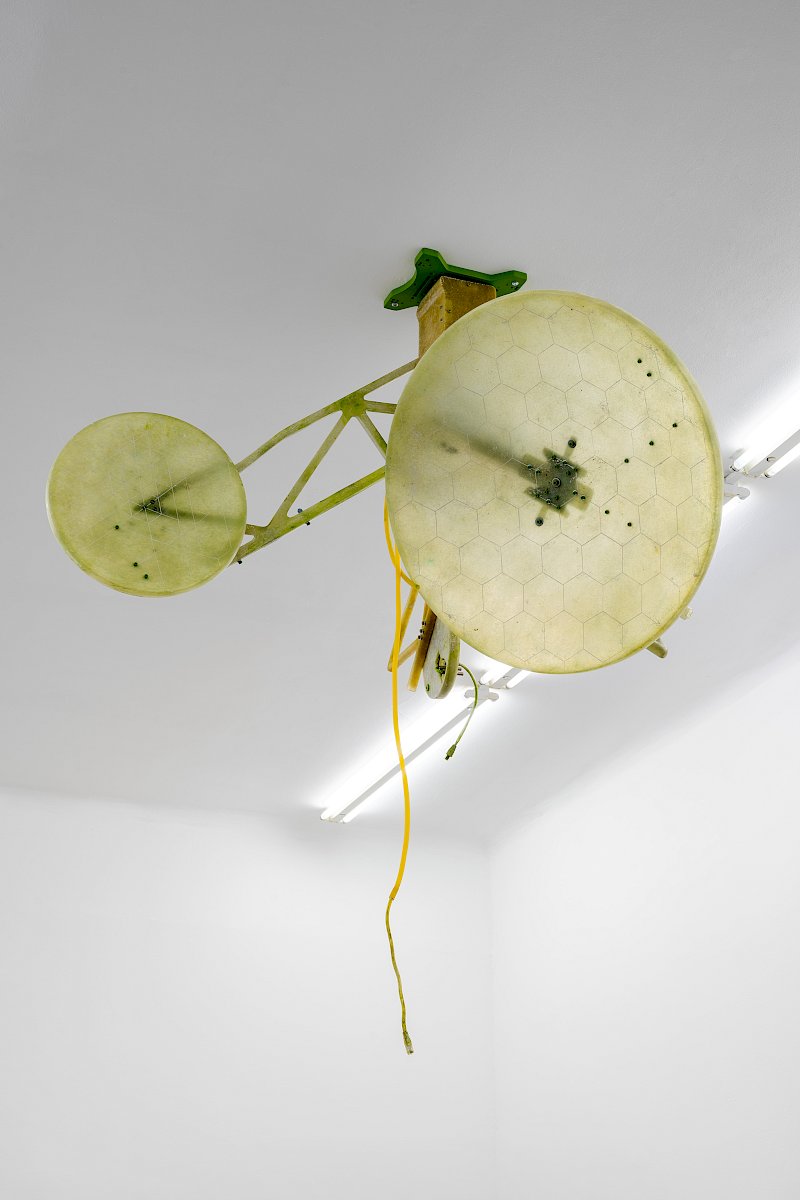Galerie Hubert Winter is pleased to present the very first exhibition at the gallery by the Milan-based artist Davide Allieri—CELLS.
Error : SYSCALL : function not implemented
On Temporal and Functional Indeterminacy in Davide Allieri’s sculptural practice
A small compartment, cavity, or bounded space. CELL. A one-room dwelling in a convent or a prison. CELL. A basic unit of an organization or movement. CELL. A biological entity consisting of protoplasm bounded by a semi-permeable membrane. CELL. A receptacle containing electrodes and an electrolyte. CELL. A unit in a statistical array. CELL. A portion of the atmosphere that behaves as a unit (weather). CELL. A section of a geographic area of a cellular network system. CELL.
The cell in its most simple and basic form is a spatial compartment being able to render the fundamental distinction between inside and outside, empty and full, thus acts as a function in terms of protecting and isolating. Davide Allieri’s works envision spatial environments in which linear temporality begins to falter. Cells, pods, capsules, zones or similar spatial configurations which transport the observer into post-apocalyptic, post-human landscapes. A scenario which very much concurs with the famous dictum—that we can rather imagine the end of the world than the end of capitalism. The remnants of our hyper capitalist Technosphere outlived us, it remains unclear whether they transmit an endless hum in their circuits or if these abandoned structures of technology develop a momentum of their own. Allieri’s multi-faceted practice—entailing drawing, sculpture and installation—delineates a certain area, which verberates the order of things—one might say Allieri’s works were cells of temporal and functional indeterminacy.
Handmade fiberglass frames or rather containers resembling protective cases hold delicate drawings on transparent tracing paper. Each of them depicts apocalyptic visions, science fiction scenarios, brutalist architectures, bunkers, protective or defensive structures. These precise drawings are covered by a network of dense yet fine colored pencil strokes, as if they were to translate the fibrous structure of the fiberglass into the drawing itself. A dystopian luminescence lays over these deserted landscapes. It remains unclear whether these drawings are blueprints (tracing paper as a distinctive means of architectural plans would suggest) for protective architectures and environments, or existing documents of an apocalyptic, decaying world.
While Allieri’s drawings provide a certain narrational environment, his sculptures hover on the border of sculpture and device: still sculpture, not yet in function/use. This timely logic of indeterminacy rewrites the logic of the relic in turning it towards the future—the device becomes the opposite of the relic—remnants of a lost future. It dwells in the liminal space of past and future, document and prediction, purposelessness and function or relic and device, science and fiction:
“Lifeless Architecture. Huge, with worn out plastic features. Call it functional to be nice.” (Blade Runner 2049)
While art in Davide Allieri’s case is no longer a matter of irritation, but of catastrophe, he attributes it an enhancing faculty to transcend space and time and imagine a future even though it might seem intrinsically lost.

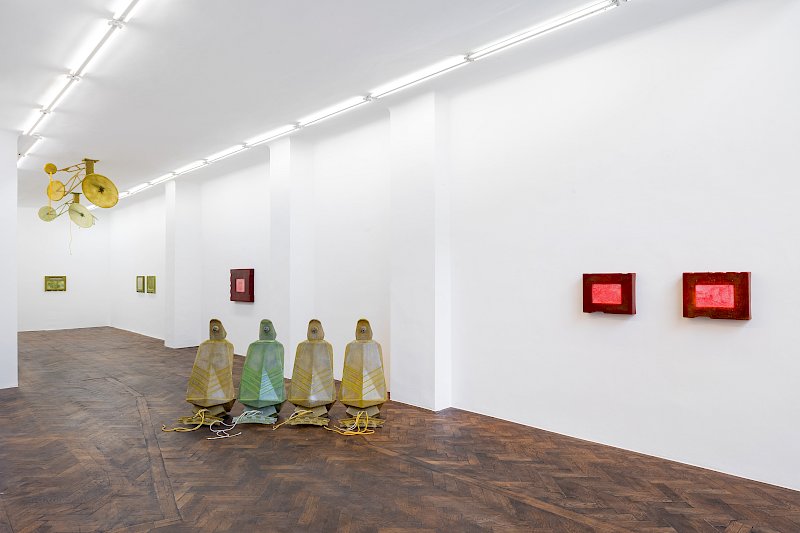
Falter, November 22, 2023: Technoides Trio, marode Satelliten by Nicole Scheyerer
Mousse Magazine, November 22, 2023: Davide Allieri "CELLS" at Galerie Hubert Winter, Vienna
Thisispaper, December 13, 2023: CELLS by Davide Allieri at Galerie Hubert Winter
Art Viewer, December 27, 2023: Davide Allieri at Galerie Hubert Winter






